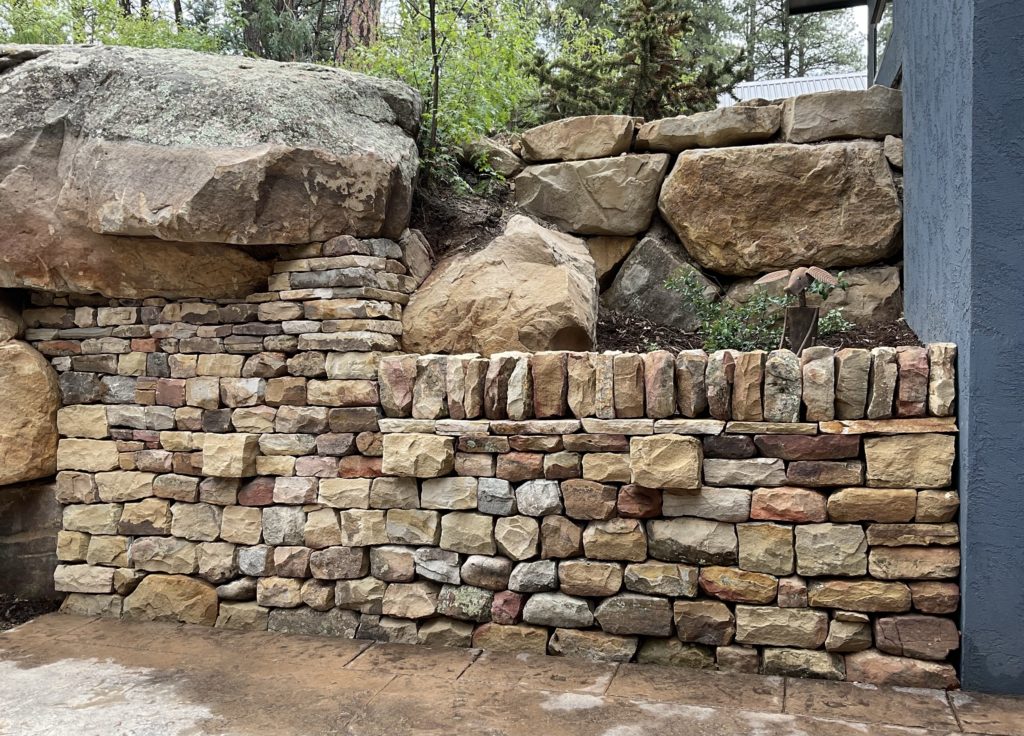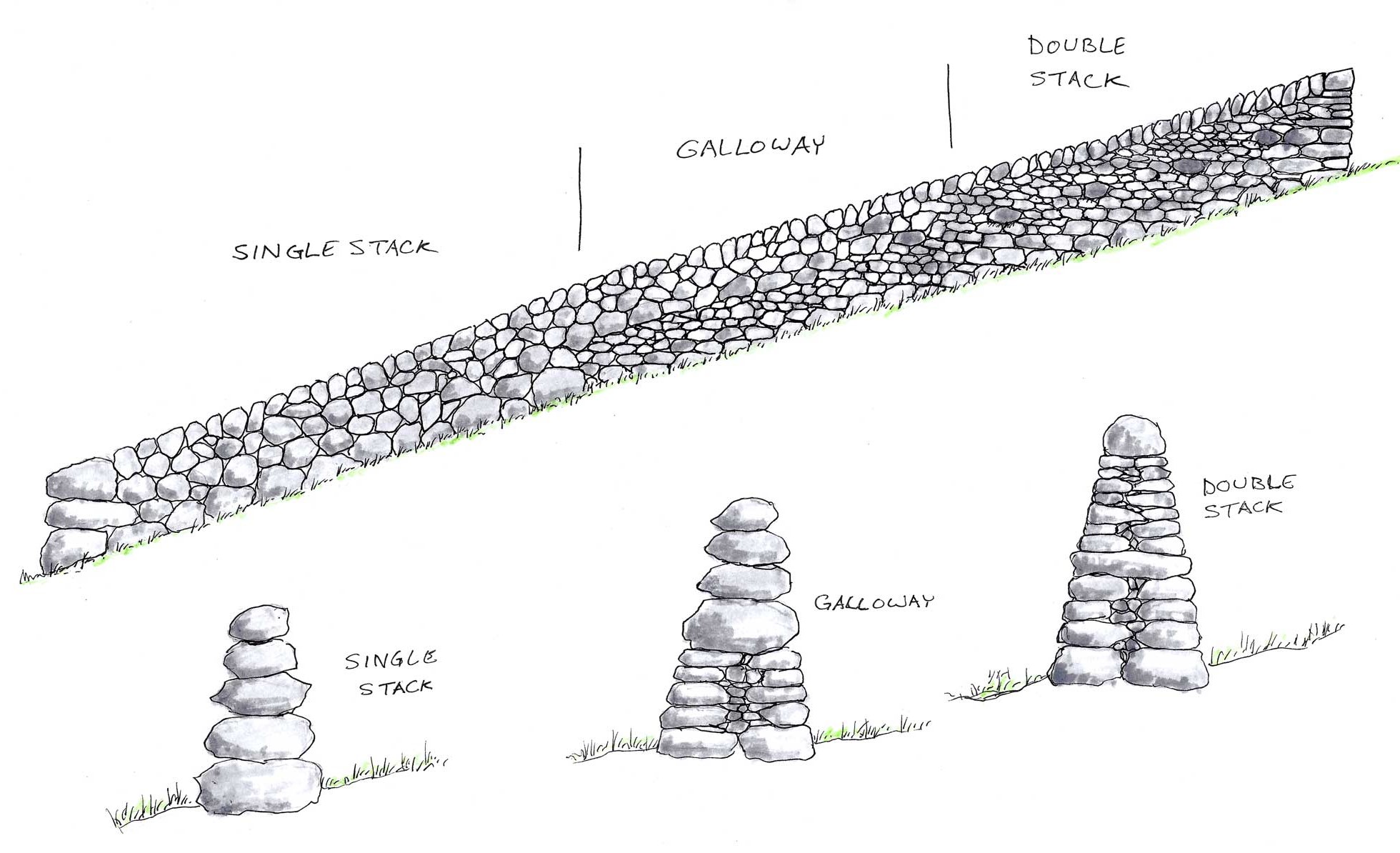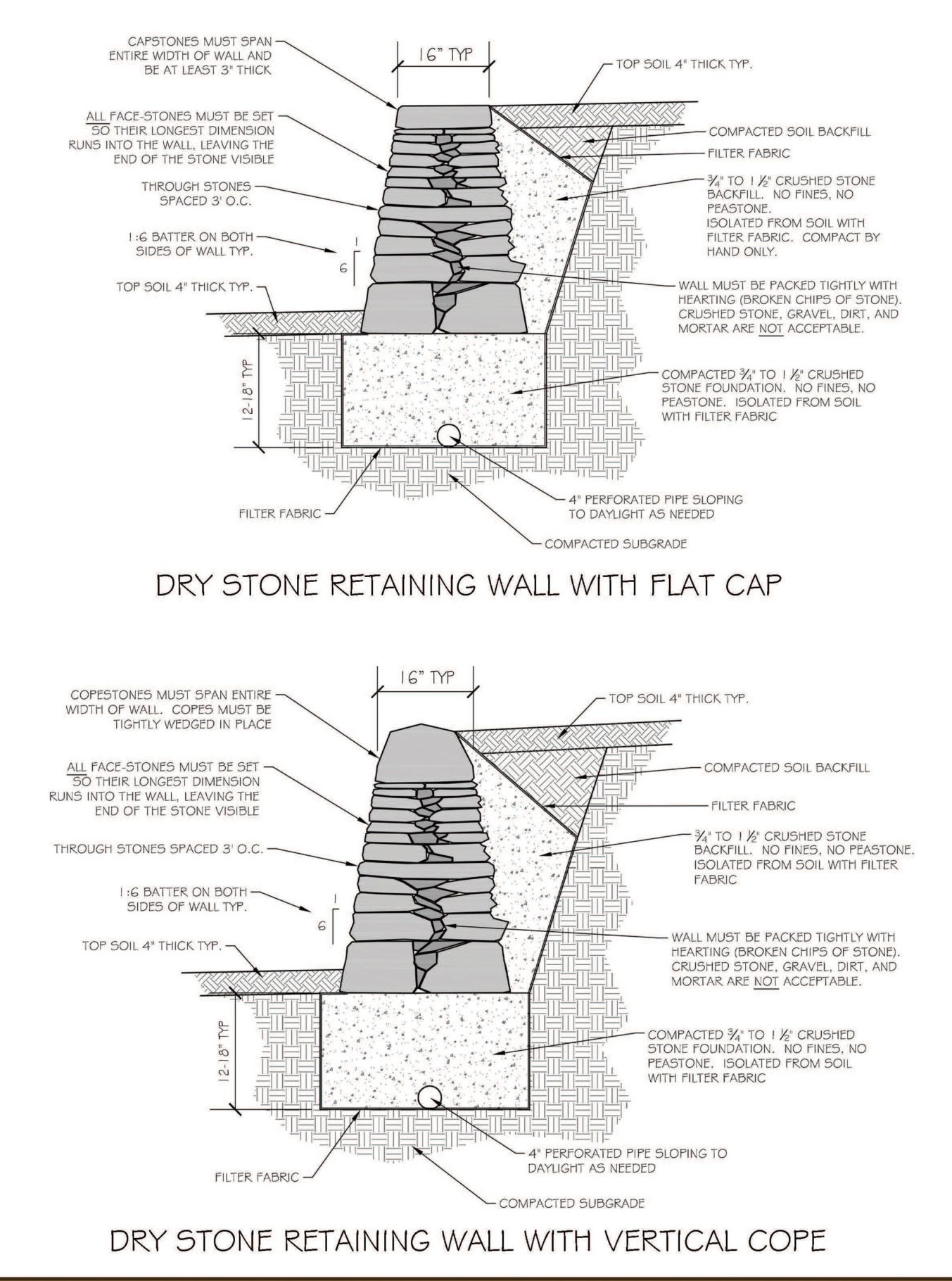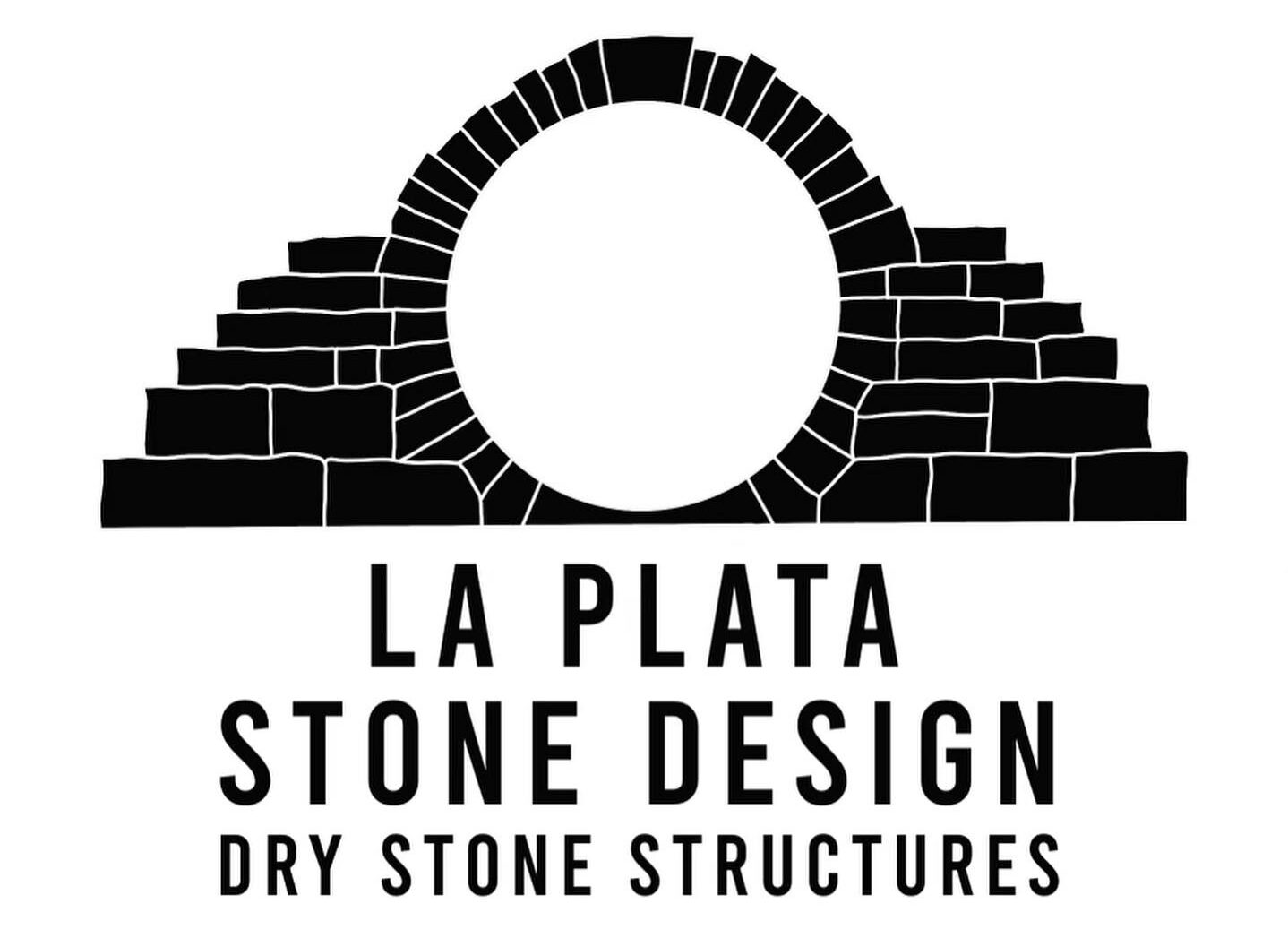Stone Retaining Walls and Freestanding Stone Walls

Traditional Dry Stone Walls
At La Plata Stone Design LLC, we specialize in traditional stone walls of all kinds. Owner Sam Johnson is certified as a Level 2 Waller through the Dry Stone Walling Association of Great Britain and has collaborated with wallers across the country on prestigious projects. Traditional dry stone retaining walls and freestanding stone walls are constructed without the use of mortar or concrete footers. Instead, each wall is constructed with methods that maximize the forces of friction and gravity. The result is a flexible mass of interlocked stones that can withstand frost heave and shifting soil without cracking or collapsing. Properly constructed traditional dry stone walls regularly last 100 years and can last centuries. As opposed to a stack of stones leaning on a hill, traditional dry stone walls are self-supporting structures that are freestanding and can be engineered to effectively retain hillsides and support buildings.
Common styles of traditional stone walls include single stack, double stack, and galloway - with many regional variants on these themes. More info on these styles of stone walls can be found on The Stone Trust website and in the illustration provided below.

Proper Dry Stone Retaining Wall Construction
Properly constructed dry stone walls include the following key features: an appropriately prepared base and effective drainage, correctly laid foundation stones, laying all stones lengthwise into the wall, splitting joints between stones with a “one over two, two over one” method, solid stone hearting used within the wall (the largest pieces of stone possible installed to fill voids between and around face stones), the use of through stones which span the full width of the wall at correct intervals, appropriate batter given context (how much the wall’s faces lean in), and some manner of cap (traditionally vertical coping stones, but flat caps are also sufficient). Many additional elements can be constructed into stone walls, such as step stiles, staircases, arches, recesses, seating areas, boulder highlights, differing patterns, pillars, lunkys, and more. See illustration below for a cross section of a properly built traditional dry stone wall.

